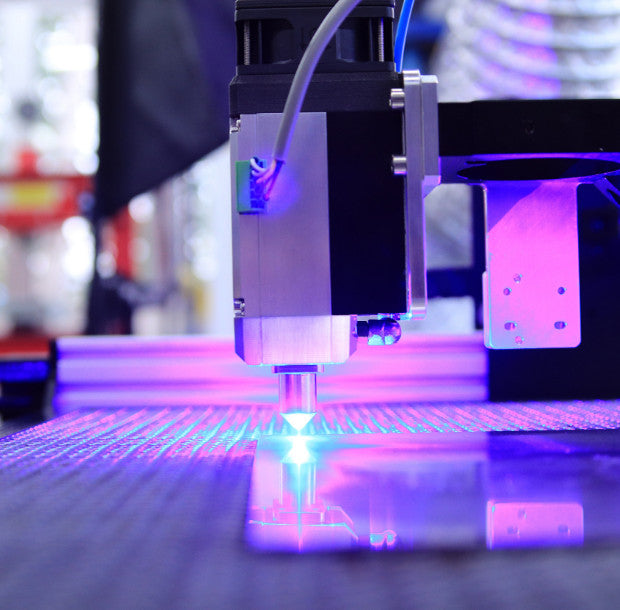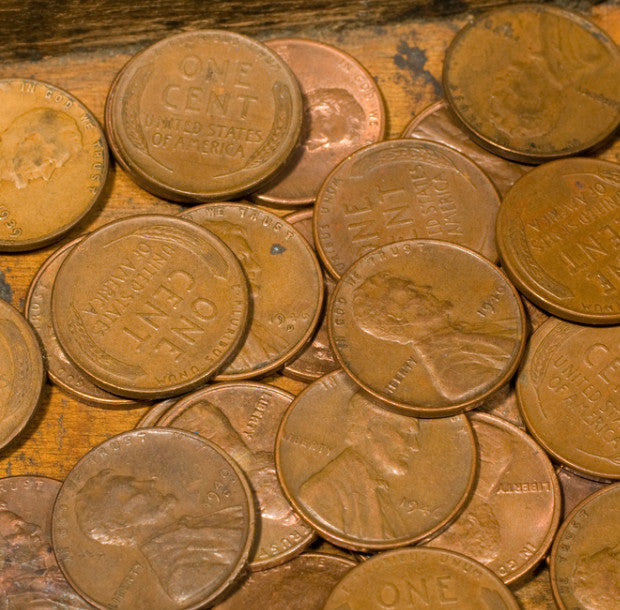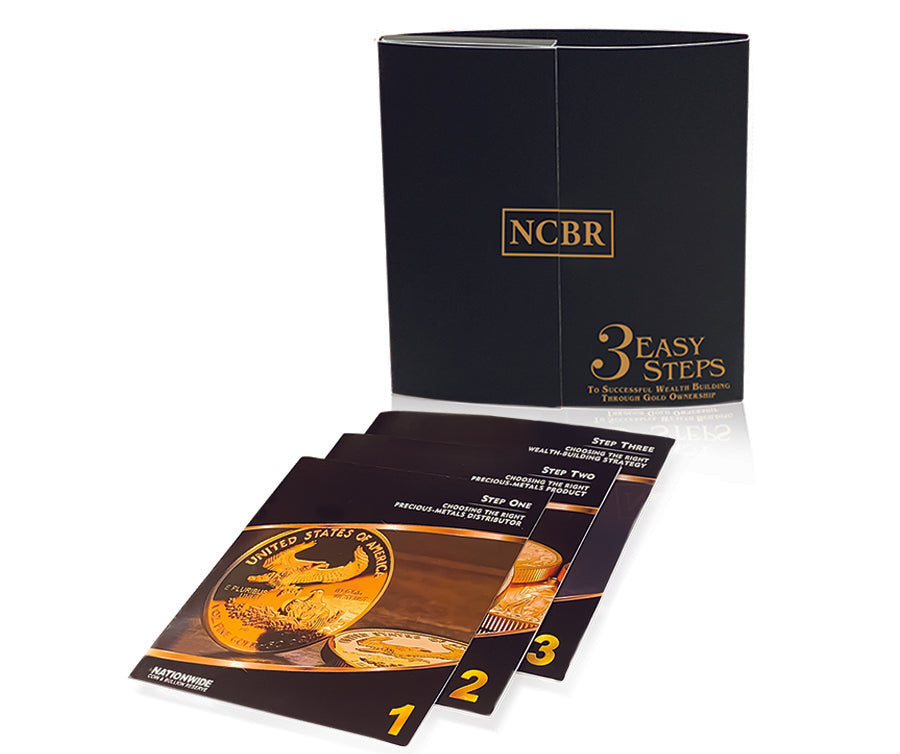The old saying, “All that glistens is not gold,” has new meaning in today’s high tech world. That’s because 3-D printers have become the tool of choice for counterfeiters who create fake ancient and medieval gold jewelry that not only passes for originals, but, in many cases, is put up for auction and ends up in the collections of wealthy families and even museums.
Jack Ogden, a consultant for museums, auction houses, and dealers, believes half of “antique” gold jewelry on the market is actually fake, even though it is relatively inexpensive to create using the new high-tech printers. As the resolution of 3-D printers has improved, it is becoming increasingly difficult to identify forgeries.
Criminal rings specializing in fake jewelry are believed to be based in Eastern Europe. Ogden says they forge provenance documents by using yellowed paper and old typewriters purchased over eBay.
An additional help to the counterfeiters is the fact that museums have cut back on expert staff, making it easier for fakes to enter museum collections.
One way to spot fakes, Ogden told Antiqvvs Magazine, is to notice when multiple examples of a particular item from a historical period appear on the market.
“Fakes hunt in packs,” he said. “Once they set up a laboratory, (the counterfeiters) won’t do just one fake, they’ll do a bunch.”
When he worked as a co-curator on the “Greek Gold Jewellery of the Classical World” exhibit, which was shown at the British Museum, the Metropolitan Museum of Art and the Hermitage, Ogden told The Guardian newspaper, “Within months, almost direct copies were appearing out of Russia.”
Real Time Precious Metals Data Below








